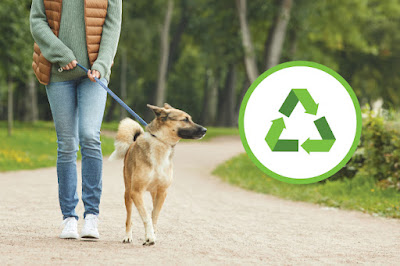While tough
to count exactly, it is estimated that there are over a billion pets in houses
around the world. Given how pets are central to the modern family unit, it is
no surprise to see a large number of people moving about and travelling with
their pets. There are also different methods or modes of travelling with a pet
since each family has different needs and requirements for transportation. Choosing
between modes can be difficult and often depends on your travel requirements.
Here are the different pet travel options available to pet parents:
Air Travel
Air travel is the most preferred means of pet travel, especially over longer distances. You’ll need to either make a booking and fulfil the requirements mandated by airlines or hire a pet relocation service to do it on your behalf. As mentioned, pet transportation by air is preferred for its quick travel times across a country or continent. The longer the travel time, the longer a pet must stay inside its crate, so a shorter journey is beneficial to a pet and ensures its well-being in transit.
The downsides of air travel are the cost and the preparation process; you cannot travel unless you comply with the regulations of the airlines. These regulations range from check-in and booking instructions to breed and size limitations for animals who are allowed to travel on board. Some airlines will only allow pets to travel in-cabin, while others will only permit pet travel through cargo. Make sure to check the rules of the airline you’re flying on and fulfil them to have a smooth journey.
Land Travel
Land travel is used for shorter and more local journeys, or for travelling on routes that would be otherwise inaccessible by air travel. Land travel is also significantly less expensive compared to air travel, which is an important factor if your destination is close enough to not warrant a flight. Once again, you can either transport your pet yourself or charter a pet relocation service to do it for you.
Land travel can be done via two modes: by road and by rail. Road travel
will offer you more flexibility concerning when and where to stop, the number
of hours of continuous travel, and so on. However, it will also require a lot
of effort on your part as you'll be the one driving and planning for stops.
Rail travel can be done through remote corridors of a country where airlines
cannot operate, but like with the airlines, you must comply with any booking
formalities and travel rules they have in place.
Both of these modes are extremely useful, especially when you consider the nature of your journey. Moving to a neighbouring city? Road travel should suffice. Travelling across the country with a large pet or an elderly one? Train travel should give you the time and space to relax comfortably on your lengthy journey. Remember, your pet’s health and comfort matter, and your choice should be made keeping them in mind.
Pet Transport Providers
If you're planning your move to a new city, state, or country, and are overwhelmed by the process and planning required, you can hire a professional or “private” relocation service to ease your burden. Such a service provider will plan the entire excursion for you, from the initial planning to the documentation and subsequent pick-up of your pet and will also account for your every need along the way.
Think of it as the opposite of an airline; a relocation service provider will accommodate every request you may have regarding your pet’s care and transportation and will make sure you’re updated on your pet’s progress regularly. Such a service does cost a little more than traditional transportation methods, but the trade-off is that you have peace of mind while planning your travels.
To
conclude, while there are different methods of pet travel available, you should
choose the method which best suits your journey. If you’re travelling over
shorter distances, then road travel will be more suitable than air travel while
costing significantly less. If you’re travelling cross-country, you could use
an economical train trip for a comfortable trip. When going to international
destinations, you’ll seldom have any options other than air travel. Whatever
mode you choose, make sure it is the one most suitable for your journey and the
one which will keep your pet safe, comfortable, and happy on your journeys.




